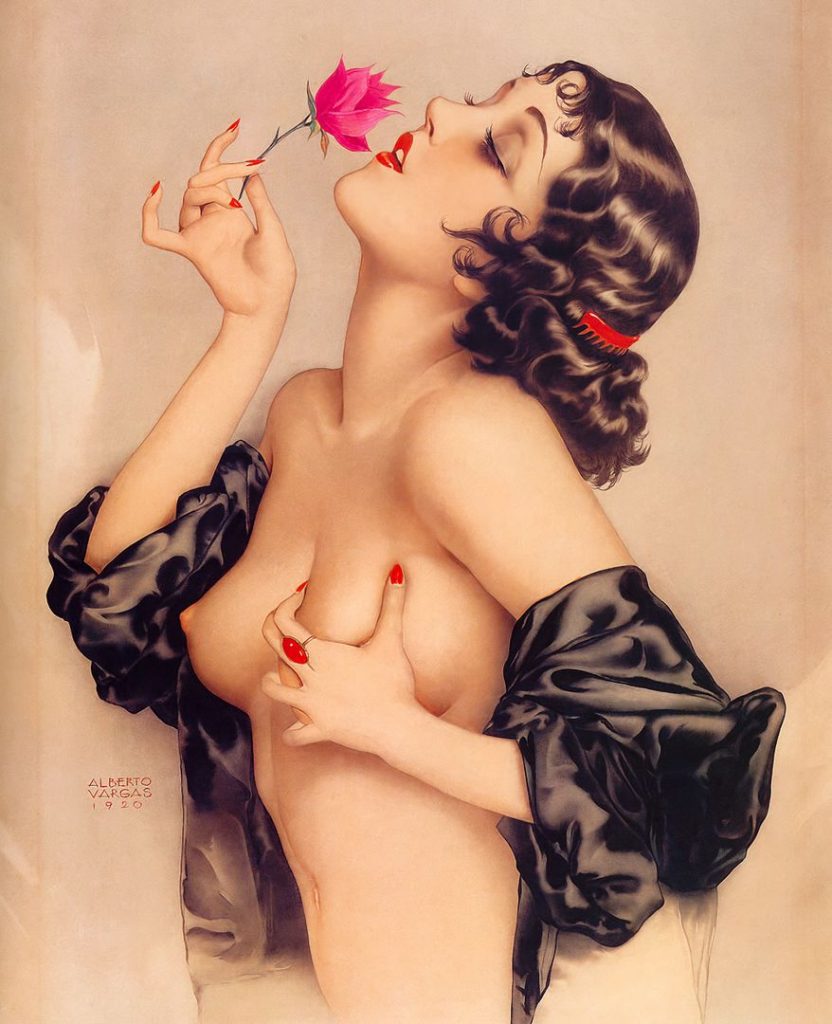
Alberto Vargas, a renowned Peruvian-American pin-up artist, was born on February 9, 1896, in Arequipa, Peru. His life story is a fascinating journey through the realms of art, glamour, and cultural evolution. Vargas’s artistic talent, particularly his iconic pin-up illustrations, earned him international acclaim, leaving an indelible mark on the world of illustration and popular culture.
Vargas’s early years were marked by exposure to art and culture. His father, Max Vargas, was a photographer, and Alberto grew up surrounded by the visual richness of his father’s studio. At the age of 14, Vargas and his family moved to the United States, settling in New York City. This move marked the beginning of his immersion into the diverse and dynamic world of American art.
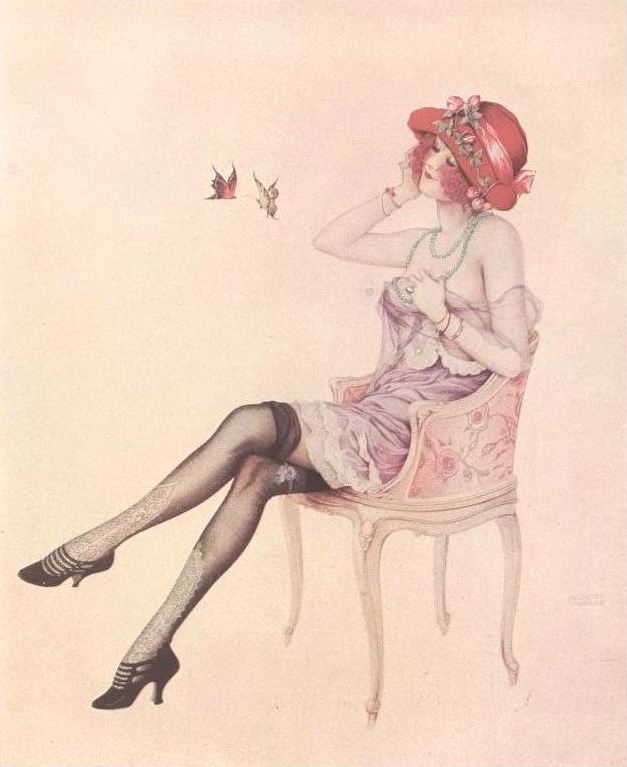
In 1915, Vargas began his formal art education at the Art Students League of New York, a prestigious institution that has nurtured many prominent artists. Under the guidance of prominent artists such as George Bridgman and Robert Henri, Vargas honed his skills and developed a deep appreciation for classical art. His early works demonstrated a proficiency in academic drawing and a keen eye for detail.
Vargas’s career took a significant turn when he was introduced to the world of illustration. He began working for the Ziegfeld Follies in the 1920s, creating promotional art for the renowned Broadway revue. This experience exposed him to the glamorous world of show business, and it was during this time that he adopted the professional name “Varga.”
In 1931, Vargas’s career trajectory changed once again when he became the primary pin-up artist for Esquire magazine. His iconic pin-up illustrations, known as “Varga Girls,” became a hallmark of the magazine and defined an era. Vargas’s approach to pin-up art was distinctive; he combined classical aesthetics with a modern sensibility, creating images that were both elegant and alluring.
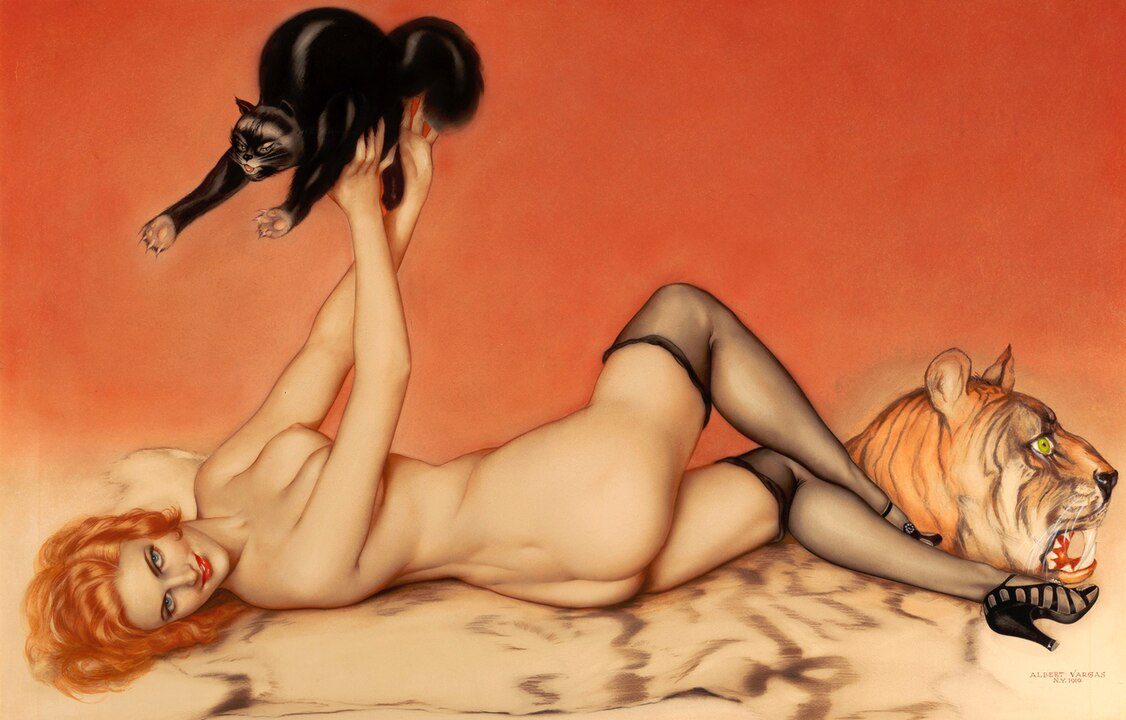
The “Varga Girls” were characterized by their graceful poses, flawless beauty, and a certain playful innocence. Vargas’s meticulous attention to detail, along with his ability to capture the essence of feminine allure, set his work apart. The pin-ups exuded a sense of sophistication and sensuality, making them immensely popular during a time when such depictions were embraced as an integral part of American popular culture.
Despite the acclaim for his work, Vargas faced challenges related to societal norms and censorship. In the 1940s, his pin-up illustrations were deemed too risqué by some, leading to his departure from Esquire. However, Vargas continued to contribute to other publications, including Playboy, where his work found a new platform.
Vargas’s pin-up art also played a significant role during World War II. His illustrations graced the noses of aircraft, serving as nose art for many bombers. These images, known as “Vargas Girls,” became iconic symbols associated with the American military, adding a touch of glamour to the wartime experience.
In addition to his pin-up art, Vargas continued to explore various facets of illustration. He worked on advertising campaigns, designed movie posters, and contributed to other publications. His versatility as an artist allowed him to adapt to changing artistic trends and maintain relevance in the evolving world of illustration.
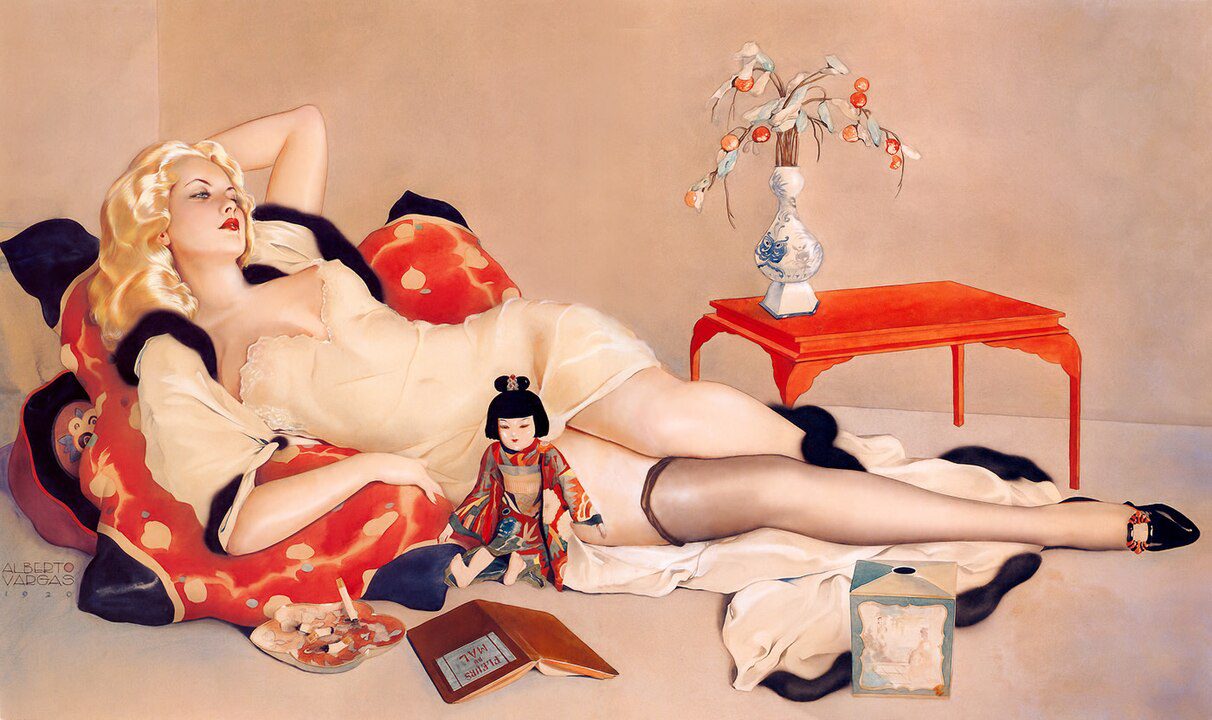
Vargas’s personal life was marked by a series of marriages, with his first wife, Anna Mae Clift, being the subject of many of his early pin-up illustrations. The romantic and ethereal quality of his portrayals reflected the deep emotional connection between the artist and his muse.
In 1957, Vargas faced a personal and professional challenge when he was diagnosed with Parkinson’s disease. This debilitating condition posed significant obstacles to his ability to create art. However, Vargas demonstrated resilience and continued to produce work with the help of assistants. Despite the physical limitations imposed by Parkinson’s, he maintained an active presence in the art world.
The latter part of Vargas’s life saw a resurgence of interest in his pin-up art. The 1970s and 1980s witnessed a renewed appreciation for the glamour and nostalgia associated with his illustrations. This resurgence led to retrospectives, gallery exhibitions, and a rediscovery of Vargas’s contribution to the art of pin-up.
Alberto Vargas passed away on December 30, 1982, leaving behind a legacy that transcends the boundaries of illustration. His influence on pin-up art is enduring, and the “Varga Girls” continue to captivate audiences, inspiring contemporary artists and celebrating a bygone era of glamour and sophistication.
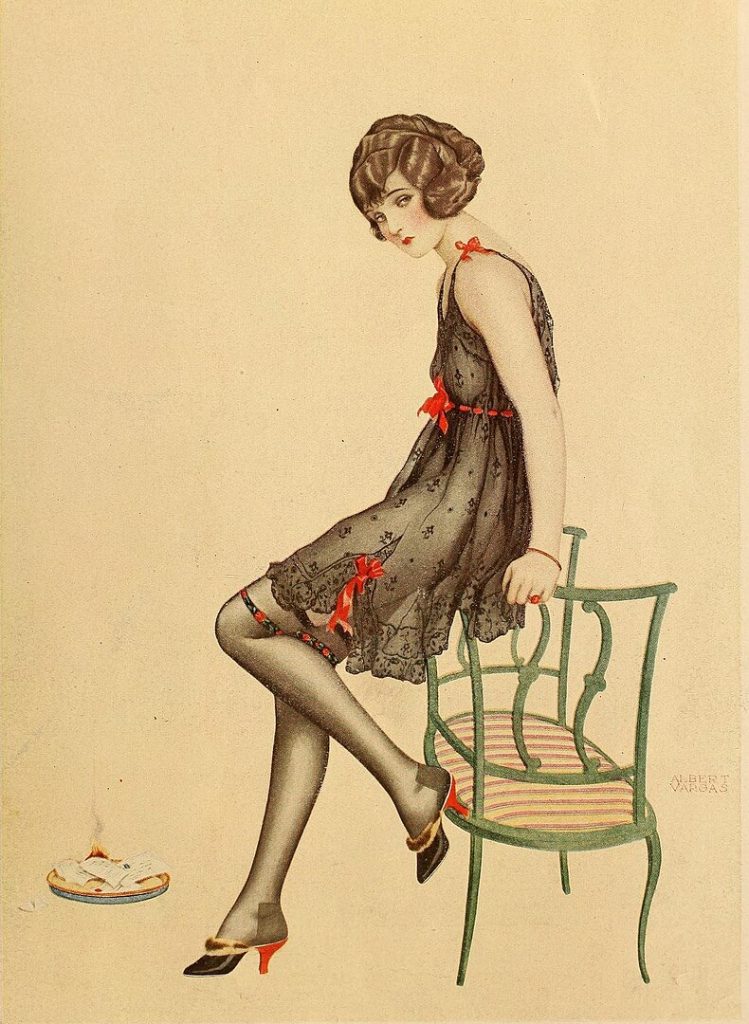
Vargas’s life journey reflects the intersection of art, culture, and societal norms. His ability to navigate changing landscapes, from the glamorous stages of Broadway to the pages of iconic magazines, showcases not only his artistic prowess but also his adaptability as an illustrator. Alberto Vargas’s impact on the world of illustration remains a testament to the enduring allure of his pin-up art and its timeless contribution to the visual tapestry of the 20th century.





